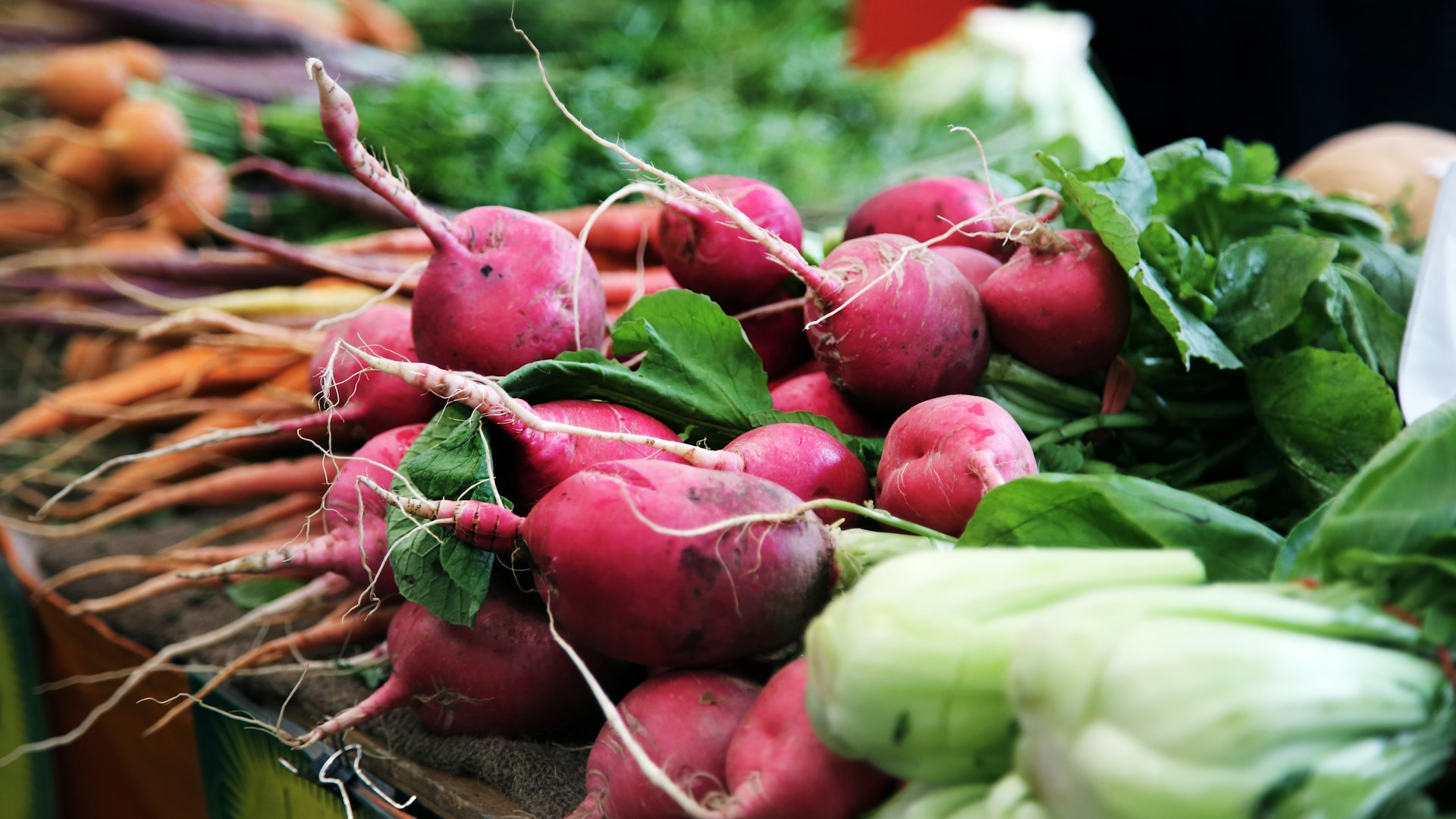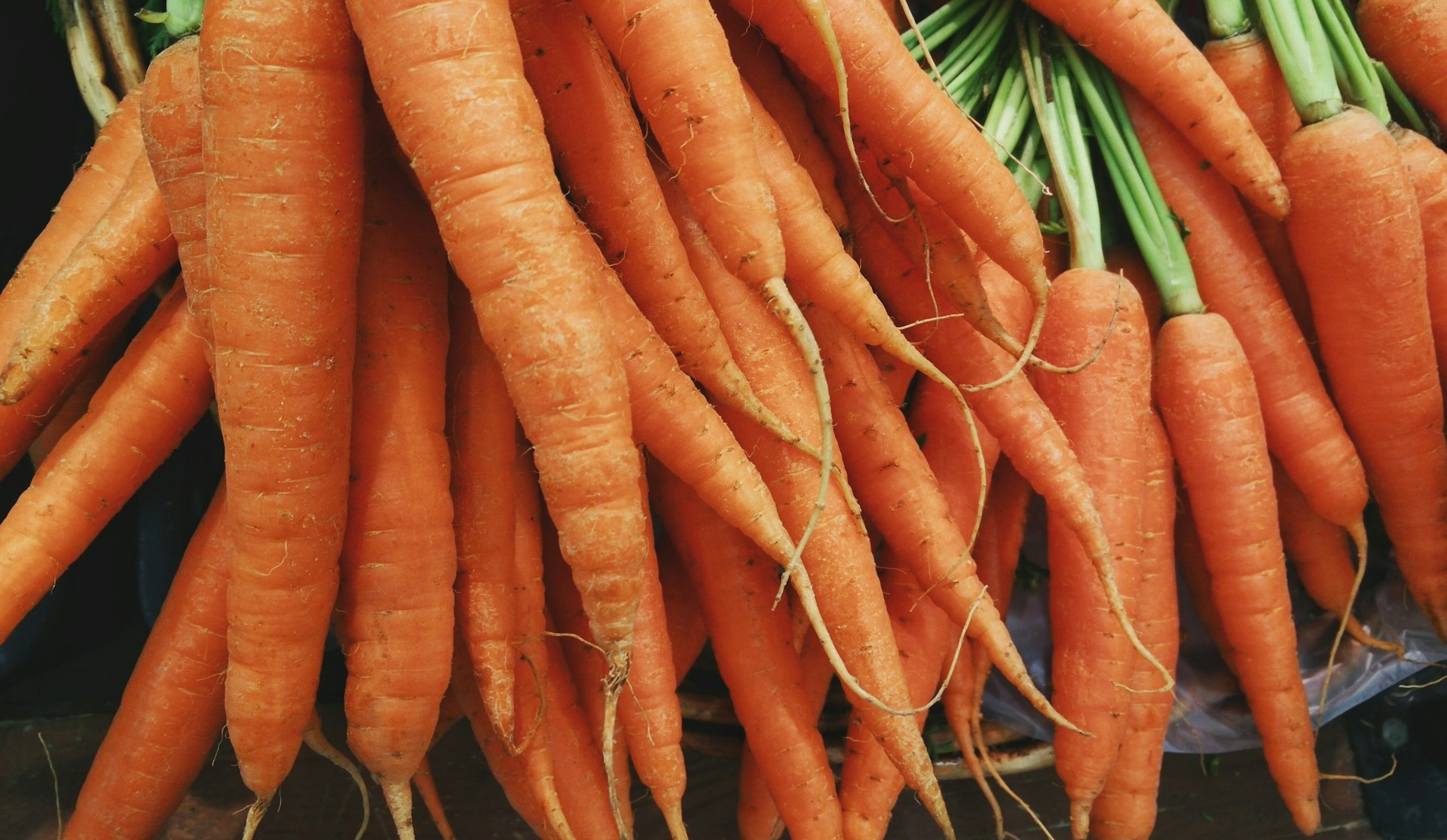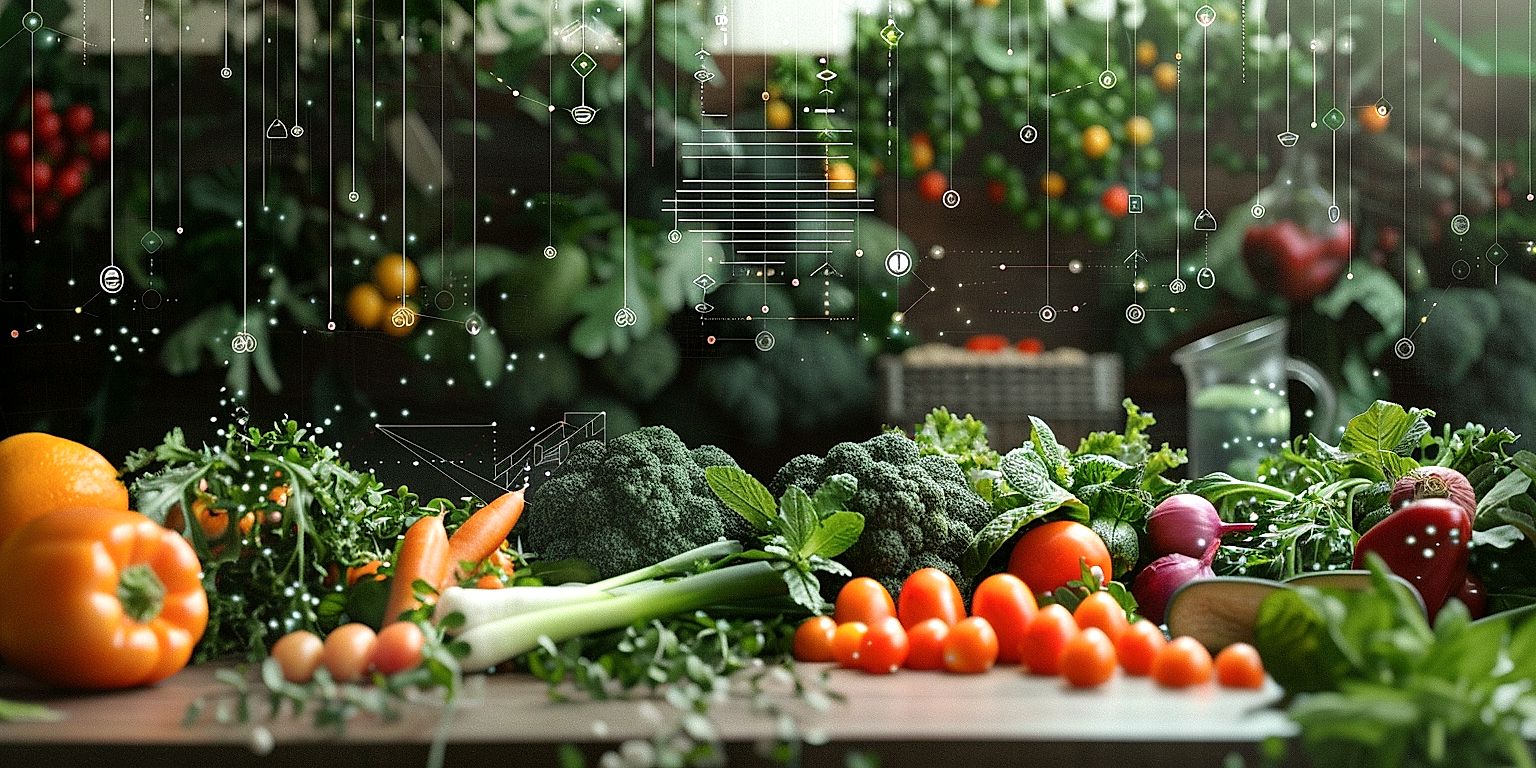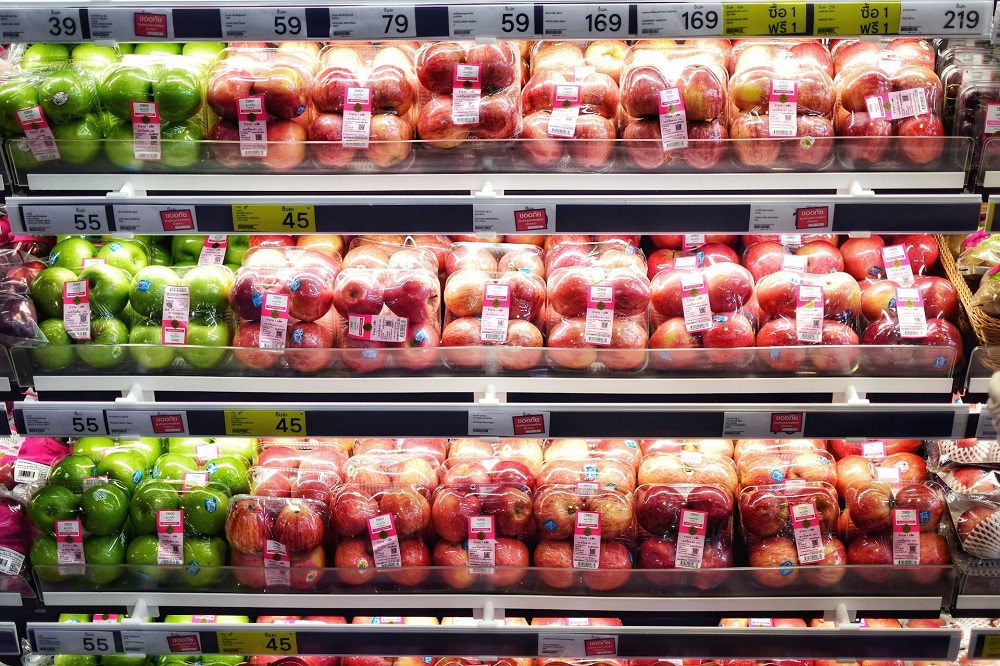Food safety has long edged up the priority spectrum for consumers, retailers, and growers.
The heightened emphasis is especially evident in the produce processing industry, where potential breaches could have widespread human and financial implications.
One cannot overestimate the value of rigid compliance with critical food safety standards in this sector.
However, the complexity of these regulations, as well as continual updates, can prove a challenge.
Our intent here is to navigate through the key norms, throwing light on crucial factors that every farm-to-fork player should be aware of.
Understanding these standards is integral to maintaining rigorous hygiene protocols and ensuring the well-being of consumers.
Contents
Critical Food Safety Standards For Produce Processing
1. Strict sanitation and hygiene protocols
The importance of strict sanitation and hygiene protocols in the processing of produce cannot be overstated.
One of the key elements of these protocols involves regular cleaning and disinfecting of all surfaces, tools, and machinery that come into contact with the produce.
Ensuring clean surfaces in the processing environment reduces the risk of contamination of the produce.
The relevance of personal hygiene among workers is also paramount.
Hand washing, the use of protective clothing, and strictly regulated bathroom practices play a significant role in maintaining hygiene standards.
All these measures aim to prevent the transmission of disease-causing microorganisms from the workers to the produce.
Additionally, strict sanitation and hygiene protocols will often include the proper handling and disposal of waste materials.
Waste attracts pests and can become a breeding ground for bacteria and mold, posing a threat to the safety of the produce.
Guidelines outlining the correct procedures for waste management and disposal are therefore an integral part of hygiene protocols.
Strict sanitation and hygiene protocols are not just about keeping the processing environment clean, but also about preventing the spread of disease, encouraging personal hygiene among workers and ensuring effective waste management.
Another pivotal aspect of these protocols is securing a regular supply of clean, safe water for cleaning procedures and for incorporation into the produce, if necessary.
Any water used in the processing environment can potentially introduce contaminants if it is not of suitable quality.
Further to this, sanitation and hygiene protocols should ensure a safe and healthy environment by enforcing the proper use and storage of cleaning chemicals and disinfectants.
Labelling and storing these substances correctly can prevent cross-contamination with the produce and reduce the risk of accidental ingestion or contact by workers.
Regular audits and assessments are significant to ensure that these protocols are correctly followed and continually updated to align with the best practices.
Therefore, regular training and education on the importance of these protocols and the possible consequences of non-compliance are vital to ensure their effective implementation.
Strict sanitation and hygiene protocols, when conscientiously implemented, can greatly reduce the risk of foodborne illness, and effectively contribute to the safety of produce processing operations.
2. Regular Equipment Inspection and Maintenance
Ensuring the safety and quality of fresh produce revolves heavily around the condition of our equipment.
As such, implementing a thorough and regular equipment inspection and maintenance schedule is a crucial component of food safety standards in produce processing.
This means not only checking for obvious sign of wear and tear but also ensuring that the equipment is clean, functioning correctly and is safe to operate.
Having preventative maintenance measures in place can help prevent potential food safety hazards that may arise from malfunctioning production equipment.
Potential consequences of failing to maintain your equipment can result in contamination of fresh produce, financial loss, and damage to your brand’s reputation.
Therefore, it’s critical to have clear records of all equipment inspections and maintenance performed.
This includes the dates of inspections, the condition of the equipment and any repairs or modifications made.
Providing regular training to the personnel responsible for equipment maintenance should be mandatory.
They should feel confident in their ability to identify potential issues and make small repairs as necessary.
Maintenance personnel should also have protocols to follow should they identify an issue beyond their skillset.
This often means having a professional maintenance service readily available to call upon when necessary.
Paying attention to the manufacturers’ guidelines on care and maintenance is also important.
Keeping equipment in peak condition as per these instructions can extend its lifespan and improve its performance.
Furthermore, equipment operators should also be thoroughly trained in the operation of their machinery.
They should know how to safely use the equipment, how to clean it effectively, and how to perform at least basic maintenance tasks.
While the requirement for regular equipment inspection and maintenance may seem like a daunting task, the benefits to the overall safety and quality of your fresh produce makes this a critical standard to uphold.
Regular equipment inspection and maintenance is not just a regulatory requirement, it’s a crucial part of maintaining the commitment to providing customers with safe, high-quality produce.
3. Appropriate Produce Storage Conditions
Ensure strict adherence to established and approved guidelines for proper food storage conditions.
Storage temperatures should always be monitored and kept within recommended ranges to prevent bacterial growth and food spoilage.
Humidity is another critical element in food storage, and it should be adequately controlled and maintained within favorable levels.
Appropriate produce storage conditions are critical in preserving food quality and preventing the onset of foodborne diseases.
Produce should always be well-packaged before storage to protect them from pests and contamination.
Storage areas should always be kept clean and free from pests, to ensure a safe and hygienic environment for produce.
Ensure good ventilation in produce storerooms to prevent heat and moisture buildup, which can lead to rapid deterioration and spoilage.
Always separate different types of produce in storage to prevent cross-contamination from one type of produce to another.
All produce stored should have a clearly marked expiry date and a system should be in place for rotating stored goods.
Adequate space should be provided between products to allow for proper air circulation.
Strictly observe the “first-in, first-out” principle to ensure that older produce is utilized before newer produce.
Certain types of produce, such as tomatoes, cucumbers, and potatoes should never be refrigerated as it can diminish their quality and flavor.
Resist the urge to wash produce before storing it, as dampness can encourage bacterial growth and hasten spoilage.
To prevent cross-contamination, raw and cooked produce should be strictly stored separately.
In conclusion, proper storage conditions play a crucial role in maintaining the safety and quality of produce, and strict adherence to food storage protocols can significantly reduce the risk of foodborne illnesses.
4. Thorough Staff Training on Safety Practices
The topic of staff training is an integral part of ensuring food safety standards in the produce processing industry.
The value of training should never be underestimated as it is directly linked to the quality and safety of the final product that is delivered to the consumer.
Without proper training, critical mistakes can occur leading to unsafe food products.
Furthermore, training does not just involve passing on knowledge but alsoshaping the mindset of the employees to prioritize safety in their daily operations.
The most significant concepts taught during training sessions include, but should not be limited to: knowledge of foodborne illnesses, understanding of personal hygiene standards, prevention of cross-contamination, correct usage and maintenance of tools and machinery, and adherence to cleaning and sanitation protocols.
Foodborne illnessescan be easily propagated if workers are not properly trained on their prevention and control.
The staff needs to understand the gravity of personal hygiene – everything from properly washing hands, to wearing appropriate attire can have enormous impacts on the safety of the product.
Preventing cross-contamination is another key learning point; employees need to understand how to properly handle both unprocessed and processed produce to prevent bacterial transfer or spread of disease.
Workers should also be trained on the correct usage and periodic maintenance of tools and machinery to prevent breakdowns and contamination caused by faulty equipment.
Another integral part of the training is focusing on cleaning and sanitation practices.
Always remember, a well-trained employee is the backbone of any successful food safety program in the produce processing industry.
Consequently, companies should invest in regular, updated safety training to keep their staff informed and equipped with the latest safety practices and protocols.
Importantly, the training performed is not a one-time operation, it must be continuous and adaptive, evolving as technology, regulations, and best practices change.
Finally, it is essential to emphasize the importance of having a positive food safety culture where every member of the staff understands their role in preventing foodborne illnesses and ensuring the highest standards of food safety.
5. Rigorous Pest and Disease Control Measures
In the complex food production chain, the control of pests and diseases is vital to ensure the safety and quality of produce.
The presence of pests can not only damage the quality of the produce but can also contaminate it with harmful pathogens that can cause serious health issues.
Therefore, implementing strict and systematic pest and disease control measures should be a top priority for all food processing establishments.
Several integrated pest management (IPM) strategies can be employed, constituting a series of regular actions aimed at preventing and controlling pest infestations.
IPM strategies may include regular inspections and monitoring, use of targeted treatments, and sustainable pest control methods that reduce the reliance on harmful chemicals.
Training staff on IPM and sanitation practices is equally critical in maintaining a pest-free environment.
To enhance effectiveness, pest control programs should be tailored to the specific production environment and the types of pests that are most likely to be encountered.
Moreover, food processing plants should implement rigorous hygiene practices in conjunction with IPM to minimize the chances of pest infestations and disease spread.
For disease control, the identification of potential pathogenic sources serves as a fundamental first step.
Common sources can be contaminated materials or employees, therefore appropriate sanitation and personnel hygiene practices should also be enforced rigorously.
Regular auditing and verification of the pest control program can assist in identifying any underlying issues that may compromise the safety of the produce.
Any identified issues should be addressed promptly and corrective actions should be implemented to prevent recurrence.
Pest and disease control measures should be regularly reviewed and updated to adapt to any changes in the processing environment or in response to any disease outbreaks.
Furthermore, it is recommended to collaborate with professional pest management services for expert advice and assistance, to ensure the highest standards of pest and disease control practices are maintained.
Paying attention to these measures aids in ensuring not only the safety and quality of the final products, but also helps in meeting food safety standards, maintaining brand reputation, and complying with regulatory requirements.
The Bottom Line
Ensuring the safety and quality of agricultural products require stringent adherence to protocols and measures that safeguard the overall process.
High standards of sanitation and hygiene can significantly reduce the risk of contamination whereas regular inspection and maintenance of handling and processing machinery can guarantee their optimal functionality.
Moreover, keeping produce in suitable storage conditions can prevent deterioration and loss of quality.
Staff training is crucial in implementing these practices effectively and consistently, with the entirety of the workforce knowledgeable of, and well-versed in, every safety measure.
In tandem with these, the rigorous implementation of pest and disease control measures is indispensable in mitigating the risks associated with these external threats.
Ultimately, the integration and effective practice of these priority areas are vital for the overall resiliency, efficiency, and sustainability of agricultural industries.




